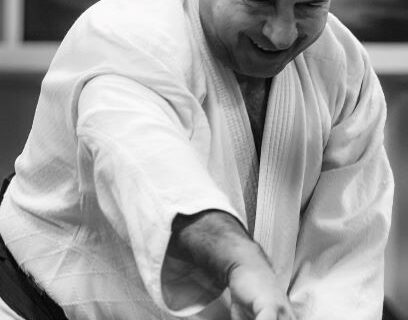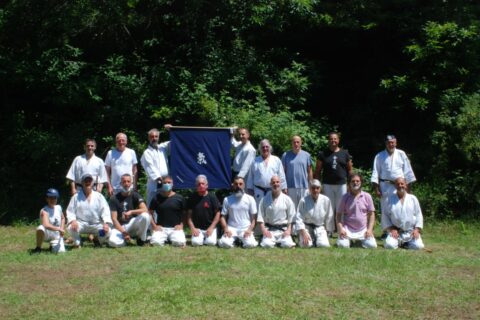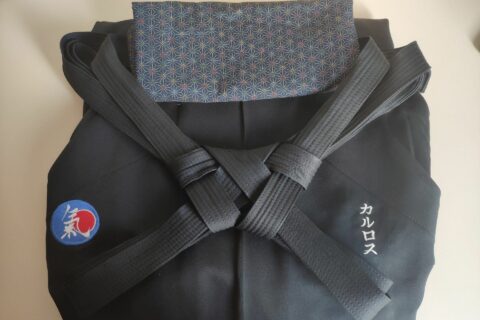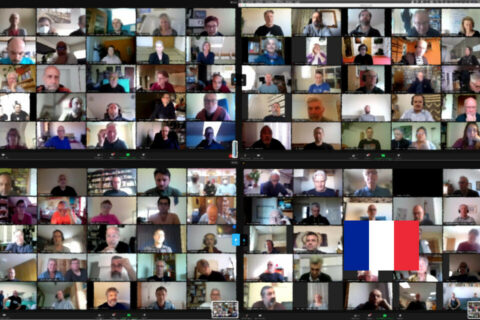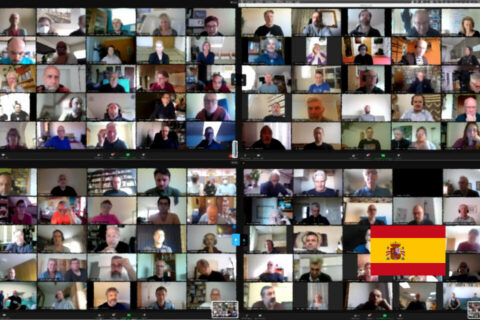In this difficult moment for our School I have pondered, like many others, which path is to be taken next, both individually and collectively, to continue this “inner journey” through which Sensei has led us so far.
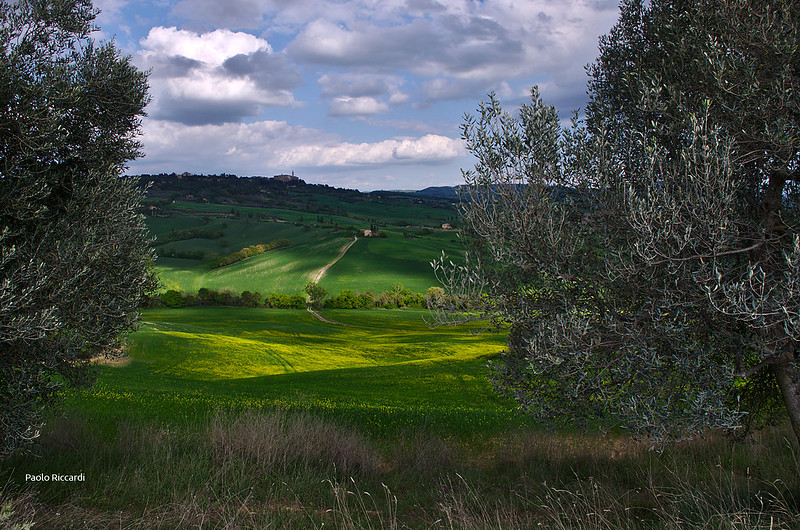
Recently I’ve had the chance to translate different written pieces, subtitles and lessons from english to italian and vice-versa, so I decided to take some time to browse some of the contents I’ve gathered so far. To my surprise, I found that one of Sensei favourite topics, especially lately, was the future.
The things that will follow are my own personal ideas but they came from my thoughts regarding those contents.
Confronting the subject with other people from our School, both in Italy and abroad, I am now convinced that organization (lowercase) and Organization (capital letter), which are two very distinct terms, have often been confused. The Organization (capitalized) is an association of several people to pursue common purposes, as an example we can think about a private Company or a non-profit Company. While organization (lowercase) is the structure of human relationships between individuals within a group or between groups.
I would like to clarify a matter immediately, this is not a moral argument, my intent is not to argue about what’s right or wrong. My concern regards effectiveness, it’s purely practical and it’s restricted to our small context, bearing in mind that every solution has pros and cons.
In His lectures and teaching, Sensei often spoke about how groups of individuals organize themselves to achieve common goals. As many students could testify, during the stages at Furusato, practitioners didn’t engage purely in Aikido related activities but even to more manual jobs such as building an oven, cleaning the kitchen, maintaining the garden or the gutters.
A particular model of organization he was not so fond of was a sort of “political” kind, a model enforced “from above”, with predetermined internal structure and functions, where roles are invested with decision-making power and status.
An organization of this type may be articulated on levels and its internal structure usually remains pretty stable over time and may encourage a natural inclination to play the roles of responsibility in a hierarchical way, thus promoting the use of words as a tool of persuasion or to smooth contrasts. Such a model works due to the ability to preserve its pyramid structure and to convince or at least create consensus among as many people as possible.
It is clear that with such organization, the Organization (capitalized) is paramount, it comes first both logically and chronologically and, eventually, people and their relationship will adapt to it. Furthermore, in this context, the presence of an Organization guarantees the rollout and enforcement of the organization. Big corporations and armies have worked this way for centuries.
In my humble opinion, however, most of the models imported from above, while providing greater “stability”, will have the practical disadvantage of limiting the ability of a group to innovate and evolve, especially if the novelties should question the dominant orthodoxy or the static nature of the structure itself. The price for extreme stability is immutable stiffness and this drawback could be an unbridgeable loss, compared to the hugely innovative and unconventional way of approaching Aikido that Sensei brought to us.
The alternative, by example
An alternative solution is to invert the perspective, introducing a model “from below”, which will enable a more natural way to organize a group of people, according to particular needs and emerging objectives. The outcome will be a more fluid and therefore less rigid and pyramidal structure. In this case, the internal dynamics of the group comes first, both chronologically and logically and later on, should the necessity arise, it will be created an Organization serving as a useful tool, not as the ultimate goal to norm and stabilize everything.
In this regard, there is an example that Sensei often used and which can be summarized this way.
Let’s assume we are part of a small group of people far from civilization, winter has arrived and we are all exposed to the cold weather, so we immediately need to build a shelter. Since the alternative would be freezing to death, everybody or almost everybody, will do their best to build the shelter.
Perhaps in the group there will be a person who already has experience in construction working, so as the activity goes on it will be he or she who will “lead” and coordinate the daily jobs, tutoring the less experienced, bringing on the most delicate tasks and so on.
For those familiar with project management issues, the “master carpenter” in the previous example falls quite well into the definition of “servant leadership” as opposed to the boss leadership.
It should also be noted that in this example there won’t be a single person acting as permanent leader on the long run, because if the small group will need to fish, hunt or cultivate, perhaps the most suitable leader will be someone else. Rather than being legitimated from above, a “servant leader” emerges from the bottom, to help achieve a specific objective and in order to achieve new objectives as the process goes on, the organizational structure will need to change and adapt according to the necessities.
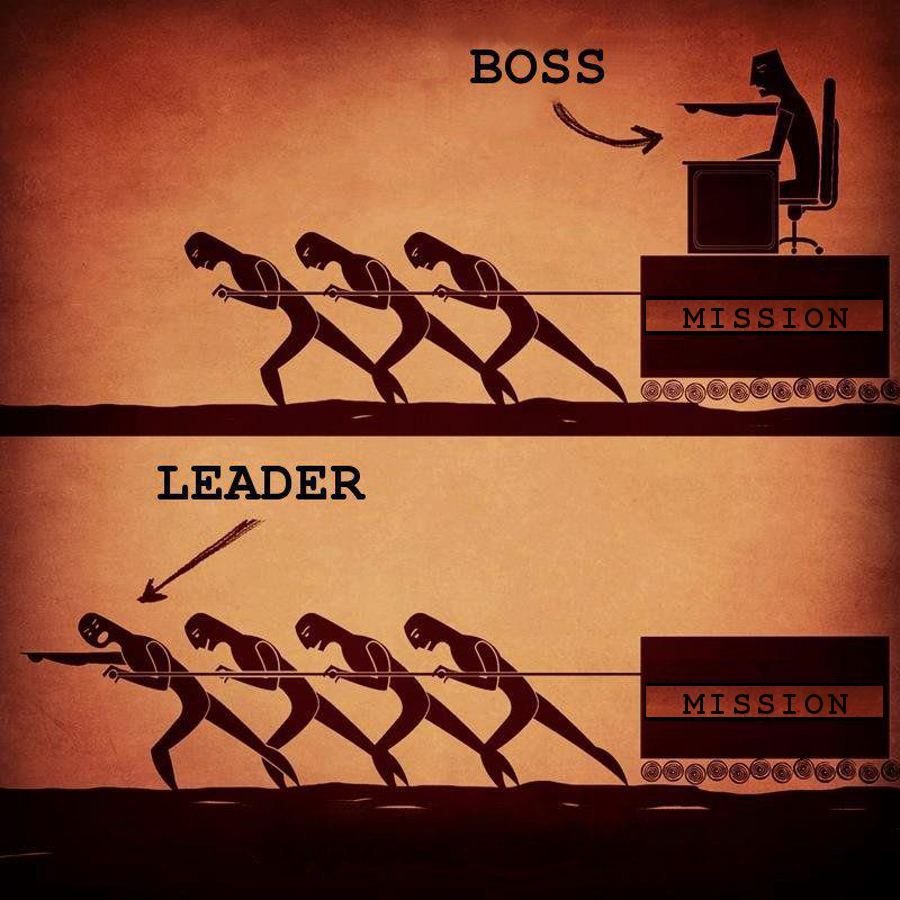
Regarding this example, I can’t help but thinking about two things:
- Some shared, relevant, yet specific goal is mandatory in order to gather people, even if they won’t be the full majority;
- If the “carpenter leader” was enforced by some external entity the group formation process would be halted, no natural leader could emerge, it will be very difficult for group members to share responsibility with the boss or among themselves and finally the group could even split under internal tension overdrives.
Please note, I’m not advocating anarchy, but I think that, in a very uncertain scenario such as the present one, keeping organizational adaptability and sharing burdens accordingly may bring benefits.
Another concern worth to mention would be that, even just for bureaucratic reasons, an Organization may be a useful tool to protect the interest of a group of individuals but to me this is a milestone within a long journey and it should not be considered its first step or a shortcut.
Sensei, in his last letter, last December, addressed the Dojos for future seminars and wrote the following:
“Each dojo has to find a way to develop their own dojo by themselves. So, I think it is better that each dojo or several dojos together make weekend seminars.”
Putting it all together
My suggestion is for the individual dojos to come together, hopefully in physical presence sooner than later. I would propose to organize local practice events, seminars, lessons and even cultural initiatives. Every difficulty that we will face and every small shelter that we will build to keep us warm along the way will contribute to form the fabric of relationships between practitioners as well as instructors which will be necessary for our own survival as a School. Only in this way will we be able, everyone with her/his own small contribution, to carry on, day after day, the Art that we have decided to practice and that we love.
Without our Guide, who in all those years was able to keep and preserve but also to evolve and develop the Way we are following, now it becomes everyone’s responsibility to ensure that the Way will remain viable for us and for others, keeping always in mind that the Way isn’t private property of anyone but instead belongs to everybody and everybody should take care of it.
During one of his last seminars in Italy, which I subtitled in english some month ago, He said: “I never taught my Aikido, I taught yours”.
One last thing I wanted to write, from me and the other guys behind Ki No Nagare, Thank you Sensei, sharing the Way was an immense privilege.

